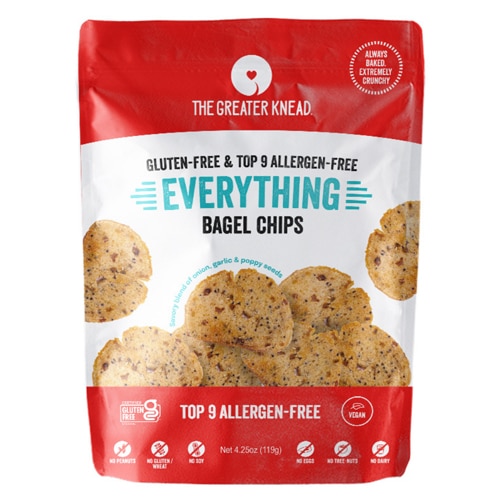Chips and dips are a modern-day American snacking tradition. We find endless excuses to indulge - from sitting on the couch at home and watching TV, to joining friends to party at a bar.
But that tasty snack has a darker side.
"Let's face it -- chips are not a nutritious food," says Carrie Dennett, a registered dietitian nutritionist who lives in the Pacific Northwest and is the owner of Nutrition By Carrie.
Eating chips occasionally is not a problem for most folks, particularly if they eat healthfully most of the time.
But in many cases, people eat far too many salty, fat-laden chips, and cover them in dips that also are low in nutrition, and high in added salt, sugar and fat.
"The worst thing about this snack may be how we eat it," Dennett says.
Typically, people don't portion out a dollop of dip and a handful of chips with the intention of eating them mindfully, she says.
"Instead, we take a chip out of a large bowl or bag, dip it into a bowl of dip, eat it and repeat, repeat, repeat," Dennett says.
Because many of us eat chips straight out of the bag, it can be "virtually impossible to know exactly how much we've eaten," she adds.
Eating chips more mindfully
March 23 is National Chip and Dip Day. So, go ahead and celebrate by snacking – just do so more mindfully.
Dennett urges you to watch portion sizes closely and to remember that eating chips is "an enjoyable treat, not a way of fueling our bodies."
She says slowing down and eating more mindfully can be helpful. Dennett recommends savoring your chips so you can wring maximum enjoyment out of the snack. In particular, pay attention to:
- The crunch of the chips
- The creaminess of the dip
- The interplay of salty, savory and spicy
"This makes it easier to be satisfied with a reasonable portion," Dennett says.
More healthful chip and dip day ideas
Chips are chips. Although baked varieties may be more healthful than other types of chips, there is only so much you can do to boost a chip’s health quotient.
You may have more success in creating a healthful dip, however.
"Some dips offer some real nutrition," Dennett says. "It all depends on the ingredients."
For example, bean-based dips like hummus and vegetable-based dips like salsa and spinach dip can be good options. So are dips made with Greek yogurt.
"Many people like the action of dunking and dipping, so a snack of raw vegetables and hummus can be a fun, flavorful and very nutritious snack," Dennett says.
The U.S. Department of Agriculture has even gotten in on the act by recommending a somewhat more healthful alternative to traditional chips and dip – a recipe for tortilla chips and bean dip that can be found on the ChooseMyPlate.gov website.
However, even if you don’t take such steps to make your chipping and dipping more healthful, you can still enjoy this treat – as long as you do so in moderation.
“No single food makes or breaks how nutritious our diet is,” Dennett says. “If someone eats healthy overall, but really loves chips and dip as a treat -- and is able to stick to reasonable portions sizes -- then that's great.”
Problems only emerge for those who use chips and dip as their “go-to snack” and who eat poorly in the rest of their diet, Dennett says.
“Then, there's a bigger problem that deserves attention if health is something that's important to them,” she says. “It's no longer just about the chips and dip.”




